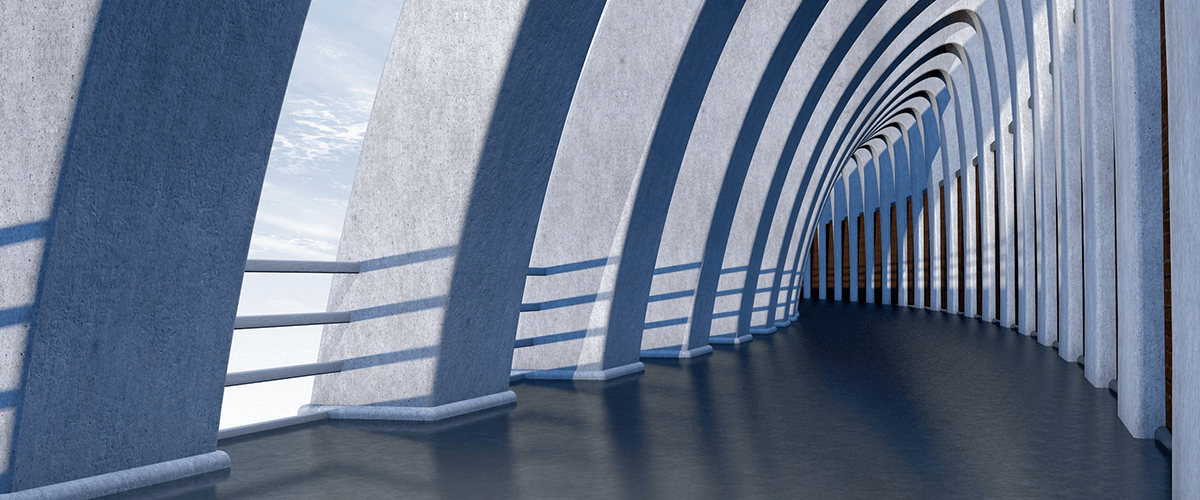You probably know that 3D printing has rapidly gained momentum. People used it to make small things, then progressed to making entire buildings. Here's a look at what might be on the horizon as individuals get more interested in 3D-printed buildings.
3D Printed Buildings Are Becoming More Automated
One of the often-discussed benefits of using 3D printing to create a building is that it significantly reduces labor needs and overall time spent on the project. Those advantages could become even more prominent if teams automate as many parts of the process as possible.
A company called SQ4D developed the Autonomous Robotic Construction System (ARCS) to show how the future may include homes built faster and for less expense. A recent example was a 1,900-square-foot home constructed in 48 hours over eight days. Even more impressive was that the endeavor only required $6,000 in materials.
The ARCS builds the interior and exterior walls, utility conduits, and foundations. That system requires as few as three crew members on-site during construction. People involved with the project also expect the timeframes and costs to shrink even more moving forward.
Many parts of the world face massive housing shortages, and people often find they don't earn enough money to make traditional homeownership a reality. In those cases, 3D printing buildings could be a game-changing option that reduces costs and speeds up construction.

Lunar building block -- This 1.5 ton block was 3D printed from simulated lunar dust, to demonstrate the feasibility of constructing a Moon base using local materials. Image via Flikr European Space Agency
3D Printing Could Feature Local Soil for Enhanced Sustainability
There's an ongoing push to reduce the dependence on concrete as a building material. It's a popular and reliable material but has a large carbon footprint. Thus, people are interested in exploring alternative materials that offer the necessary durability for building projects and more sustainability.
Researchers recently tested the creative solution of using the local soil when making a building with 3D printing. This possibility is not a far-fetched idea, particularly because people already use soil to make bricks and cement. Builders throughout history have also relied on locally available materials, such as adobe.
"Our thought was to turn the clock back and find a way to adapt materials from our own backyards as a potential replacement for concrete." -- Aayushi Bajpayee, a graduate student on the project
The team gathered soil from a colleague's property and blended an eco-friendly material into it that acted as a binding agent. Soils vary tremendously by location, but the researchers hope to determine how the additive could make any of them ready for a 3D printer.
The scientists have already demonstrated how their method creates load-bearing structures after they strengthened the clay structures to make them hold twice as much weight. During further research, they plan to expand on the technique by scaling up their test structures and studying whether the approach is as environmentally friendly as they suspect.
A team named AI SpaceFactory won first prize in NASA's 3D-Printed Habitat Challenge with prototype Martian houses constructed with 3D printers and material similar to that found on the surface of Mars. Tests showed this material was at least 50% stronger than concrete.
This progress could lead to a future where people consider more building materials that come directly from a site.
3D Printer Rentals for Construction Could Become Common
Rental companies play crucial roles in helping building construction happen. They offer specialty equipment to crews or individuals who only need it for short times. These companies also help people cope with temperature challenges during construction. For example, choosing a rental heater requires considering what needs heating and the power source, for starters.
It may not be long before people can rent 3D printers for home construction, too. Representatives at a company called Apis Cor envision a time when people who are building their homes can go to a local rental supplier and get a 3D printer through that avenue.
The company's process can reportedly create a home in one-fifth of the time of traditional methods. It's still in the prototype stage but making it possible to use rented materials for 3D printing buildings could be a major step in helping people embrace the idea.
The machines must also be easy enough for people to use with limited or no training. If the equipment meets that requirement, 3D building printing could become much more widely seen.

AMIE 3D-printed house at dusk. Image via Flikr: Oak Ridge National Laboratory
3D Printed Buildings Could Help Renew Interest in Tourism
When people choose their accommodation options, they often like to select places with interesting features or histories. Maybe a hotel has a haunted wing or once welcomed Marilyn Monroe as a guest, for example. There's been a recent increase in people building accommodations with 3D printers. Those could encourage travelers to check them out, especially if they feel curious about 3D printing and want to see the results for themselves. Many 3D printed buildings have also become a tourist attraction in their own right!
A 3D printing startup called Habitas recently opened a hotel in Mexico. That company's approach combines 3D printing and modular construction to uphold a building model that does not require making environmental changes.

3D Concrete Printer. Image via Flikr Misanthropic One
3D Printing Buildings Could Accelerate Construction's Evolution
Construction methods regularly change and improve to match the pace of innovation and societal shifts. For now, many still view 3D printed buildings as niche possibilities. They're becoming more popular but are not yet mainstream.
The examples here show that 3D printing buildings is becoming a more feasible and attractive alternative to conventional construction. Many people love the idea of commercial and residential buildings completed faster and for less money. 3D printing makes both those advantages happen, along with others.
Although some of the ideas here are still in the early stages, they'll still encourage people to think differently about construction opportunities. 3D printers don't suit every project equally well, but they're quickly proving their worth and bringing creative ideas to fruition.

